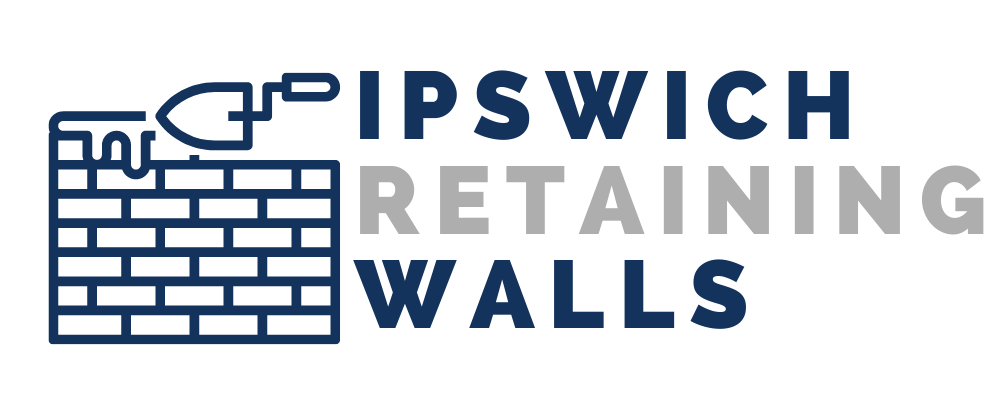Retaining walls serve multiple purposes, from providing structural support and preventing soil erosion to enhancing the aesthetics and functionality of your outdoor space. However, constructing a retaining wall is not without its challenges, and common mistakes can lead to costly repairs or even complete wall failure. In this blog post, we will outline seven common mistakes to avoid when building a retaining wall, ensuring that your project is a success from the ground up.
- Inadequate Planning and Design
One of the most common mistakes made when constructing a retaining wall is failing to plan and design the wall properly. This can include neglecting to consider factors such as soil type, slope, drainage, and the overall purpose of the wall. A well-designed retaining wall should take all these factors into account and be tailored to the specific needs of your property.
- Incorrect Material Selection
Using the wrong materials for your retaining wall can significantly impact its longevity and effectiveness. It’s crucial to choose materials that are suitable for the conditions of your property and can withstand the forces exerted by the soil behind the wall. , popular retaining wall materials include timber, concrete, and natural stone. Make sure to research the advantages and disadvantages of each material before making your final decision.
- Poor Drainage
Adequate drainage is essential for the long-term stability of a retaining wall. Without proper drainage, water can accumulate behind the wall, causing hydrostatic pressure to build up and potentially leading to wall failure. To avoid this issue, make sure to incorporate a suitable drainage system, such as a perforated pipe and gravel backfill, into your retaining wall design.
- Insufficient Footing and Reinforcement
A retaining wall’s footing and reinforcement are vital to its structural integrity. Failing to provide adequate support can result in the wall collapsing under the weight of the soil it is meant to retain. To avoid this problem, ensure that the footing is wide and deep enough to support the wall and that the wall is reinforced with materials such as steel bars or geogrids, as necessary.
- Improper Backfilling
The type of backfill used behind your retaining wall is another critical factor to consider. Using the wrong backfill or failing to compact it properly can lead to uneven pressure on the wall, causing it to lean or collapse. It is typically recommended to use a granular backfill material, such as gravel or crushed rock, which allows for proper drainage and even distribution of pressure.
- Building Walls Too High or Steep
Constructing retaining walls that are too high or steep can lead to increased pressure on the wall and a higher likelihood of failure. As a general rule, retaining walls should not exceed 1 metre in height without professional advice or engineering input. If you need to retain a larger height, consider terracing the area with multiple shorter walls or consulting with an engineer to design a more robust retaining structure.
- DIY Without Proper Knowledge or Expertise
While building a retaining wall may seem like a straightforward DIY project, attempting to construct one without proper knowledge or expertise can lead to numerous issues, including wall failure or even injury. If you’re not confident in your ability to build a retaining wall, it’s best to consult with a professional or hire an experienced contractor to ensure the job is done correctly and safely.
In conclusion, avoiding these seven common mistakes when building a retaining wall can save you time, money, and frustration. By investing in proper planning, design, and construction techniques, you can ensure that your retaining wall is both functional and visually appealing for years to come.
Ipswich Retaining Walls is a trusted provider of high-quality retaining wall services, offering expert advice and craftsmanship to ensure that your project is a success. Our team of experienced professionals is dedicated to helping you create the perfect retaining wall solution for your property, taking into consideration factors such as material selection, drainage, and structural integrity.
If you’re interested in learning more about how to avoid common retaining wall mistakes or would like a free estimate for your retaining wall project, don’t hesitate to contact Ipswich Retaining Walls today. Our team is ready and eager to assist you with all aspects of retaining wall construction, from initial planning and design to the final installation.
By choosing Ipswich Retaining Walls for your retaining wall needs, you can have confidence that your project will be completed to the highest standards of quality and professionalism. We understand the unique challenges that come with building retaining walls and are committed to providing our clients with expert guidance and exceptional results.

